Murud-Janjira is the local name of a famous fort and tourist spot situated on an island just off the coastal town of Murud, in the Raigad district of Maharashtra, India. Malik Ambar is credited with the construction of the Janjira Fort in the Murud Area of present-day Maharashtra India. After its construction in 1567 AD, the fort was key to the Sidis withstanding various invasion attempts by the Marathas, Mughals, and Portuguese to capture Janjira.
History
In early 1100 AD, the Abyssinian Sidis established the Janjira and Jafarabad state.
In 1539, According to accounts written by the Portuguese admiral Fernão Mendes Pinto, the Ottoman fleet that first arrived in Aceh (prior to the Ottoman expedition to Aceh led by Kurtoğlu Hızır Reis), included 200 Malabar sailors from Janjira to aid the region of Batak and Maritime Southeast Asia. Later, in 1621, the Siddis of Janjira became exceptionally powerful as an autonomous state to the point that the commander of Janjira, Siddi Ambar the Little, successfully defied his overlord Malik Ambar’s attempt to replace him. Siddi Ambar the Little is accordingly considered the first Nawab of Janjira state.
The island fortress was under control of the Adil Shahi dynasty until the reign of Ibrahim II when the Janjira fort was lost to the Siddis. Major historical figures from Murud-Janjira include men such as Sidi Hilal, Yahya Saleh and Sidi Yaqub.
In the late 1600’s, during the rule of the Mughal emperor Aurangzeb, Sidi Yaqut received a subsidy of 400,000 rupees. He also owned large ships which weighed 300–400 tons. According to records, these ships were unsuitable for fighting on the open sea against European warships, but their size allowed for transporting soldiers for amphibious operations.
Despite repeated attempts by the Portuguese, the British and the Maratha to subdue the island fortress, all of these efforts failed to displace the island’s Siddi rulers. The Siddis were themselves allied with the Mughal Empire.
One example of such a failed attack was the account of the 10,000 soldiers who were sent by the Maratha Peshwa Moropant Trimbak Pingle, and who were roundly repulsed by the Janjira army in 1676. During this Maratha assault, the Marathas, led by Shivaji, attempted to scale the 12-meter-high (39 ft) granite walls but failed in their attempts. Shivaji’s son Sambhaji even attempted to tunnel his way into the fort and was very close to capturing the fort. His attempt was thwarted when a Mughal army attacked the Maratha capital city, forcing Sambhaji to withdraw his forces from the siege and return to the Maratha capital. He built another sea fort in 1676, known as Padmadurg or Kasa fort, to challenge Janjira. It is located northwest of Janjira. Padmadurg took 22 years to build and is constructed on 22 acres of land.
In the year 1736, the Siddis of Murud-Janjira set out in a battle with the forces of the Peshwa Baji Rao. On 19 April 1736, the Maratha warriors Nanaji Surve and Chimaji Appa attacked the gathering forces in the encampments of the Siddis near Rewas. Chimaji Appa advised Siddi Sat to run from battle field otherwise Nanajirao will have no mercy on him but Siddi Sat captured Nanajirao Surve and took him to Sagargad fort. Nanajirao rescued himself and beheaded Siddi Sat along with his entire family and his army. Nanajirao Surve was rewarded with village name Kusgao When the confrontation ended, 1,500 Siddis, including their leader Siddi Sat, had been killed. Peace was brokered in September 1736, but the Siddis were confined to only Janjira, Gowalkot, and Anjanvel, with their power greatly reduced. However, Janjira remained unconquered until it became part of Indian territory after independence from the British in 1947.


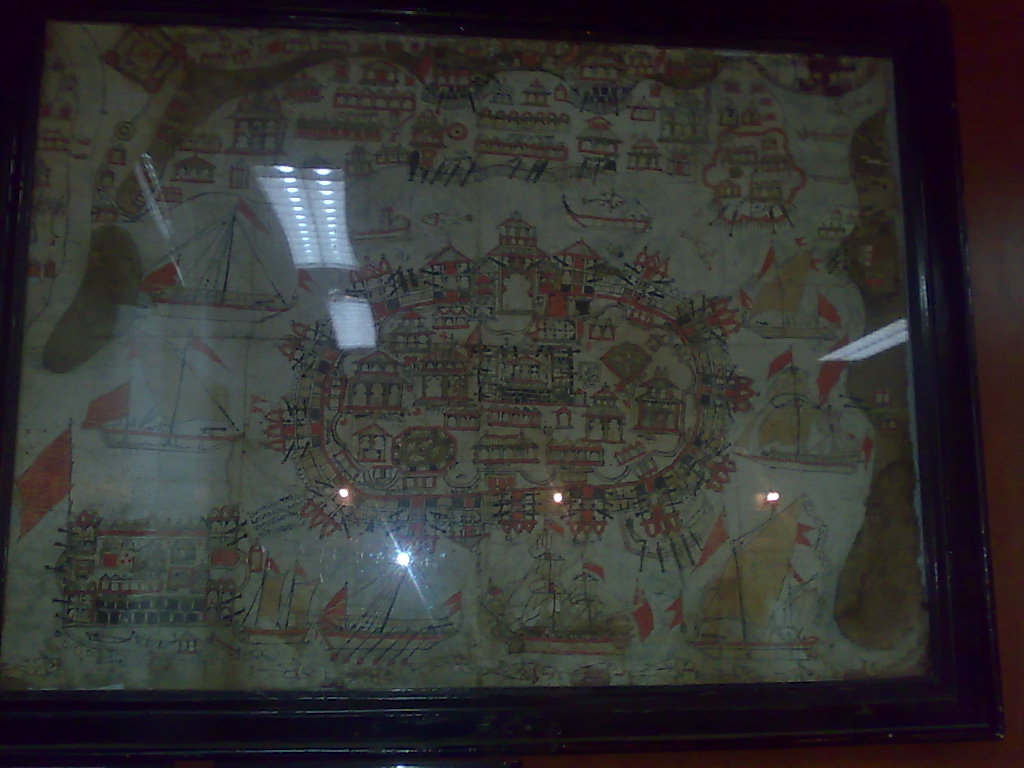
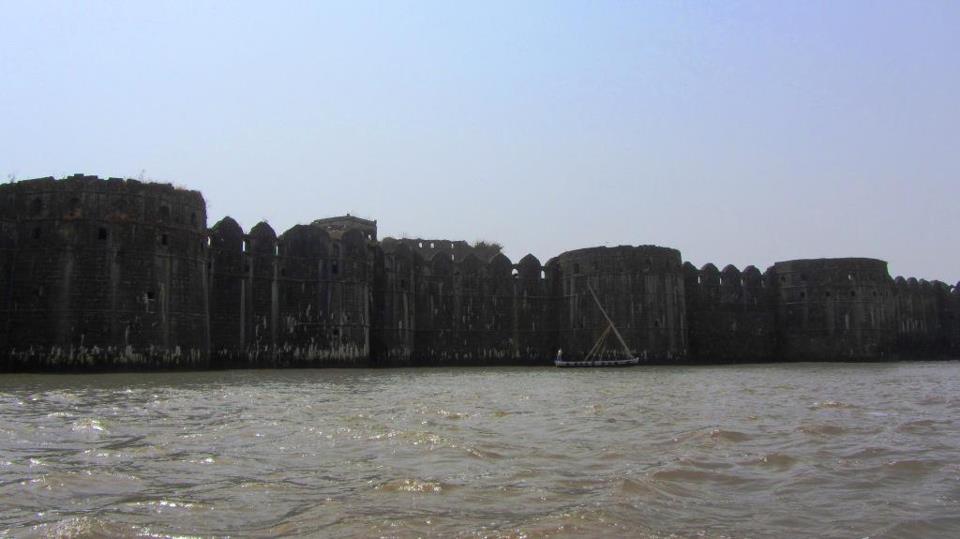

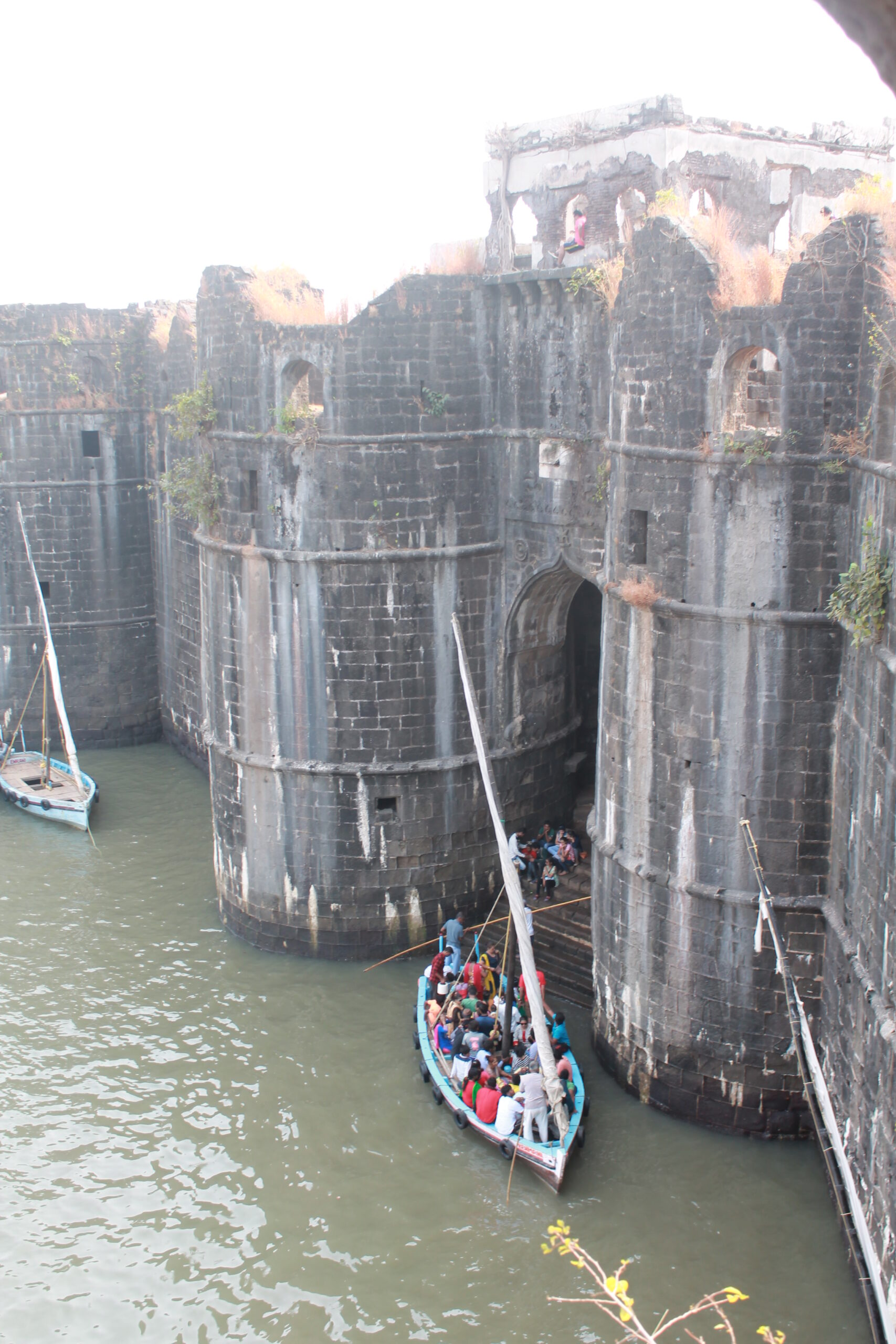
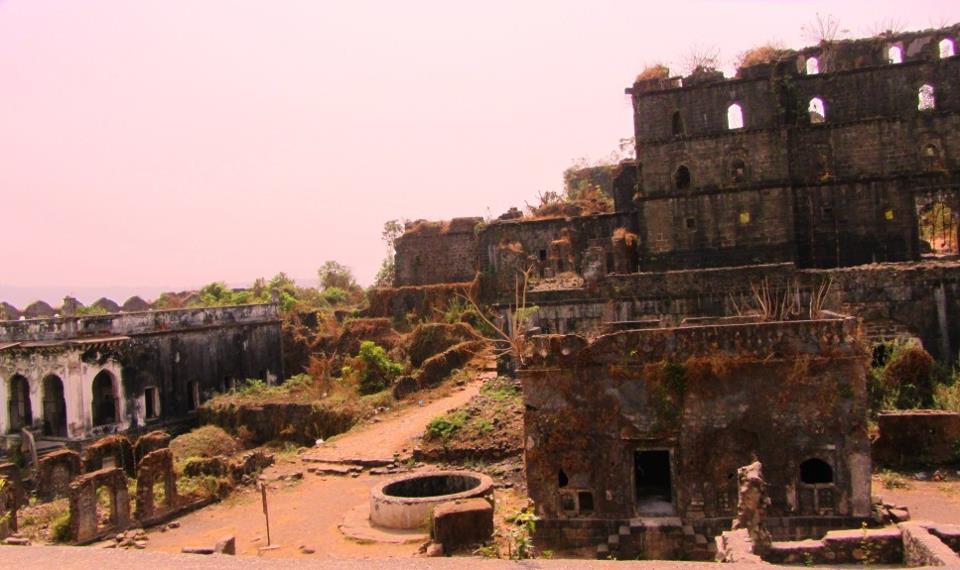
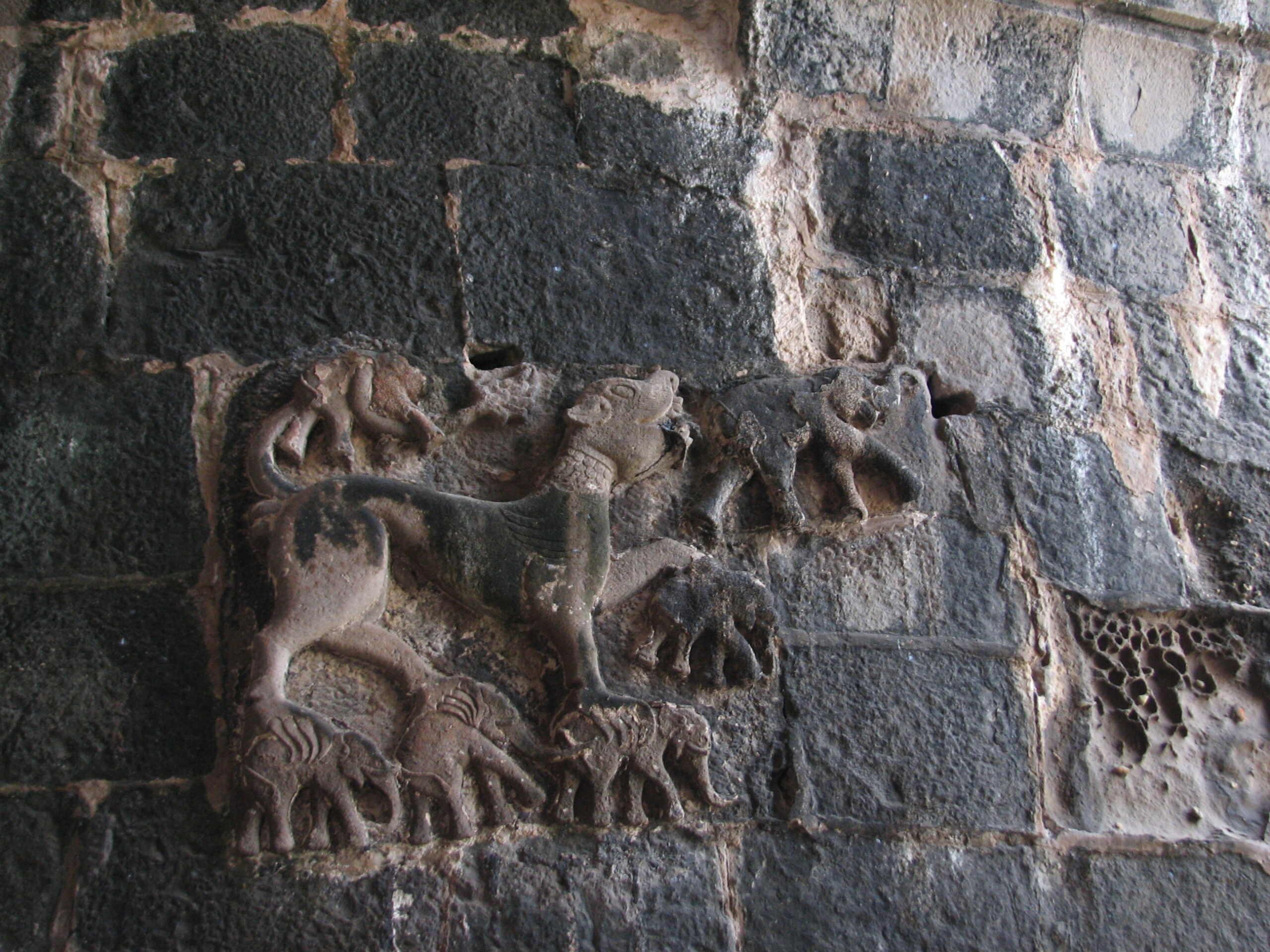
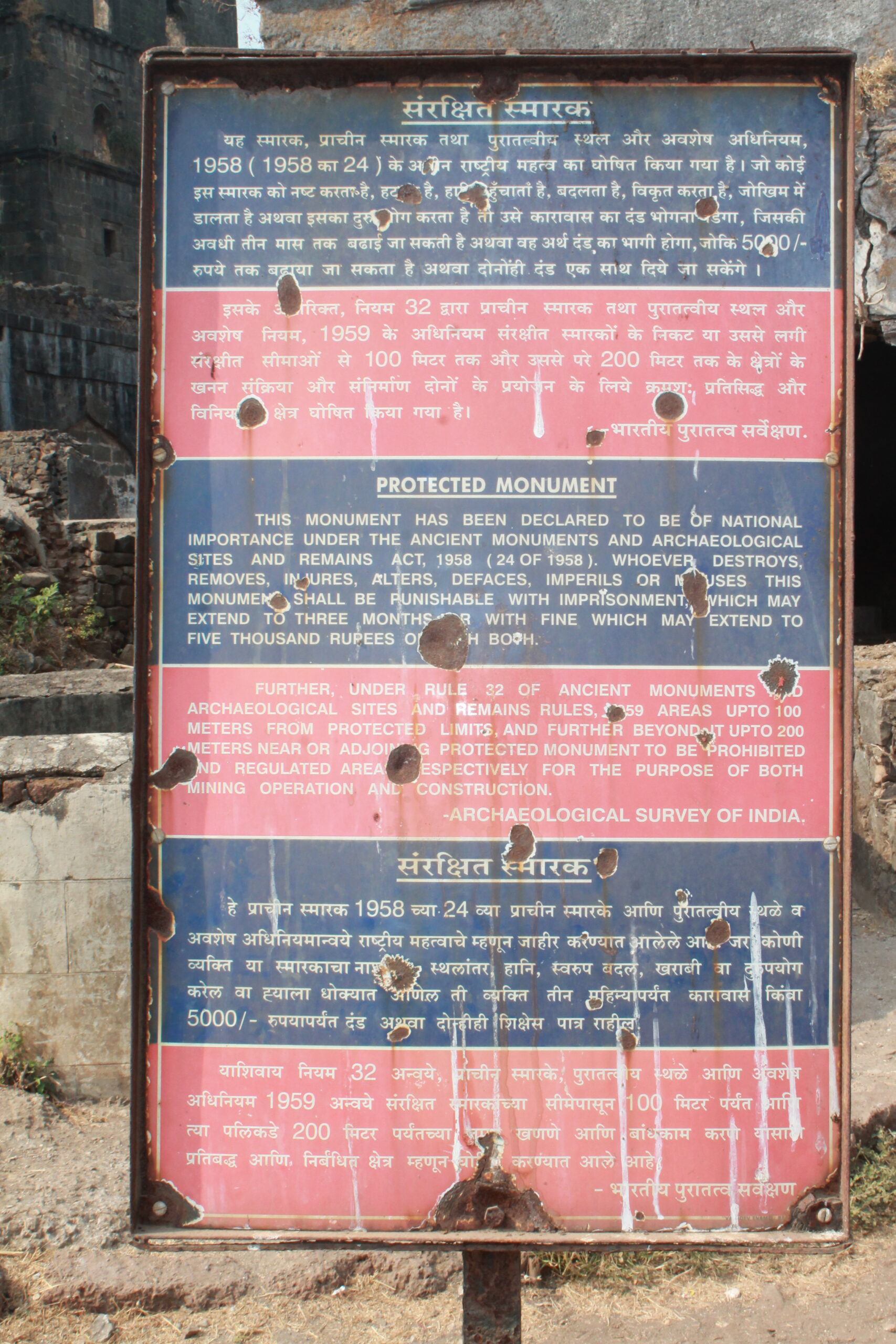
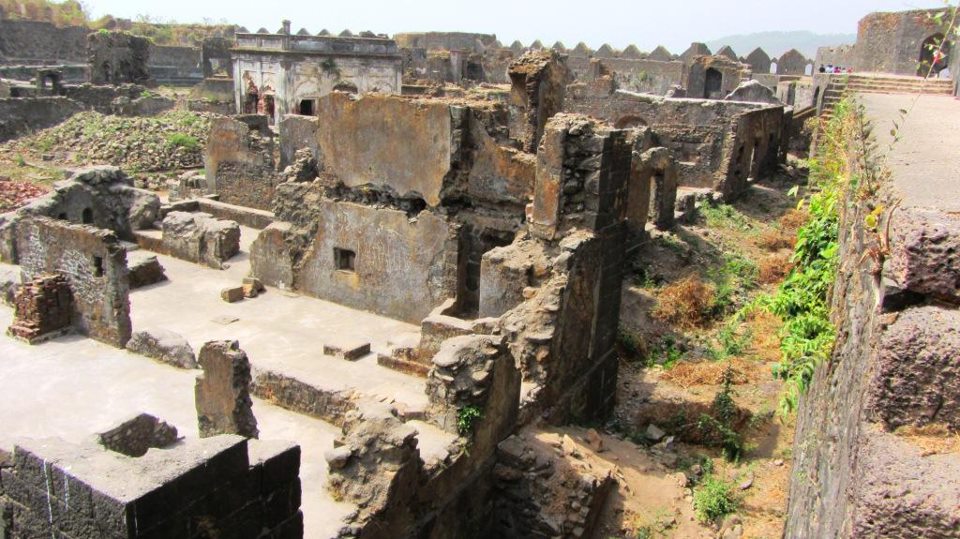
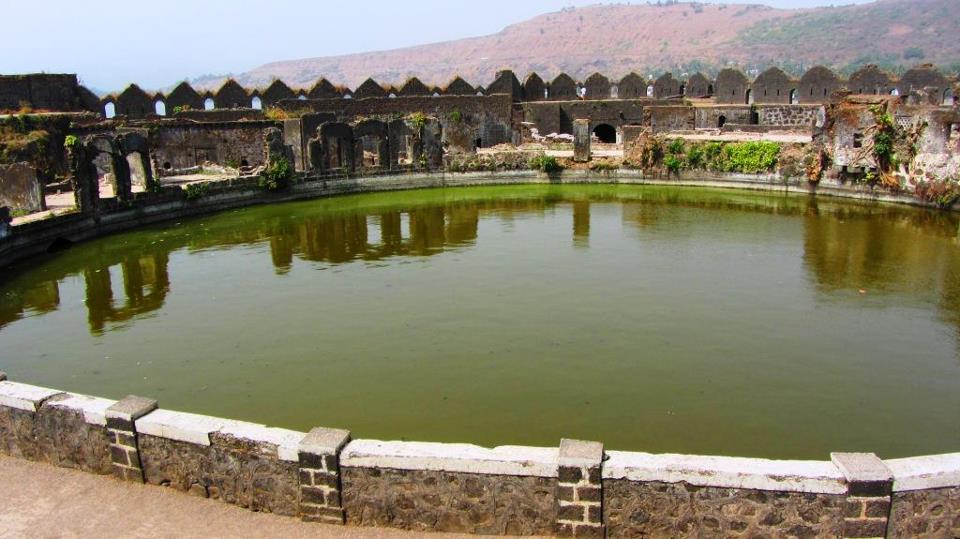




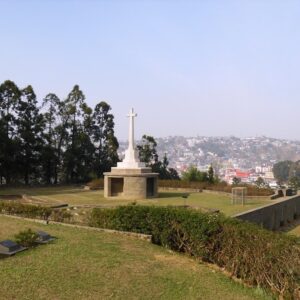



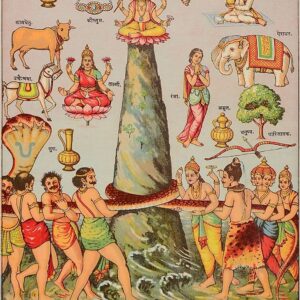


Reviews
There are no reviews yet